|
There are millions of average golfers who play regularly around the world, and there are also thousands of elite golfers - both amateur and professional who compete regularly in tournaments. Of the thousands of elite golfers who compete in tournaments, just a fraction of them will crack the top 100 in the world rankings. Take Anirban Lahiri for example. Anirban is from India and has played on the Asian Tour for 7 years (2008 – 2014) and at the time of writing has played in 117 tournaments and has won 10 times in India , and also has 5 victories on the Asian Tour with 2 victories this year. On the face of it Anirban has played more than 380 competitive rounds on the Asian Tour and in April 2014 his victory at the Indonesian Masters finally broke him into the top 100 in the world. I’m sure you’ll agree that cracking the top 100 in professional golf doesn’t come easily. So what can we learn from Anirban’s example, and what playing standard is required to achieve this status? The first thing that comes to mind is that it takes time, a lot of time, and a lot of effort, over many rounds, to achieve it. Every golfer who cracks the top 100 has invested thousands of hours of dedication to achieve this exalted status. Secondly the golfers in the top 100 come from many different countries around the world, and every golfer in the top 100 has a unique style of playing golf, and generating results on the golf course in tournaments. You will also see 100 different styles of golf swing, and 100 different body types that vary from tall and thin to short and stocky, and everything in between. The bottom line is that no two golfers in the top 100 swing it the same way, or play the same way. And yet there is a common denominator? There is something that we can say about them that is relatively consistent about the way they play?  The 3 Shot Success Window All these golfers will produce a score average (actual) between 69 and 71 over a season regardless of which tour they play on. That is, they will produce a score average within this 3 shot range against par, in rain, hail or shine. I have trawled through the statistics of the top professional players on most of the major men’s and women’s tours over the years and this 3 shot window is the one thing always stands out. This is the performance window that you need to aim for, and everything you do in your game development should ultimately lead you into this space if you desire to become one of these elite 100 performers. Scoring within this 3 shot performance window over the course of a season will do 2 important things for you that will ensure your success playing on a professional tour.
In Anirban Lahiri’s case he has averaged 66.6 percent of cuts made over 7 seasons on the Asian Tour, and has amassed earnings of more than 1.6 million dollars so far. We can’t stress enough the importance of scoring in this range on a consistent basis. Think about it, whether you are competing at a tour school, or you are competing on a tour, the simple fact is that you will have to score in this range often to make cuts and get paid. This is the reality of professional golf, and the most successful golfers - those who have the lowest score average over a season tend to make a higher percentage of cuts on average. 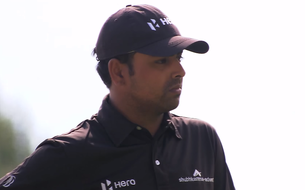 7 Years and 6,858 Holes... Over 7 years and 381 competitive rounds, (or 6,858 holes played to date), Anirban has averaged 70.98, and this stands as testament to his skill at producing rounds low enough to make more cuts than he misses, and to make more money than he spends. A score average like this, (or better) over enough seasons will catapult you into the top echelon of golfers regardless of where you currently play. If you are playing on a minor tour at the moment and you can play to this standard over a season, then it is only a matter of time before you will step up to the major leagues. And if you can’t just yet, then the formula we will share with you below, will help you to get your thinking in the right place to develop your game to a top 100 standard. Here’s the thing you need to know and remember; lowering your competitive score average should be your big goal if you want to mix it with the top tier golfers. Remember the following formula the next time you go out to practice, or the next time you sit down to write out your goals. Whatever you do, you must make absolutely sure that you continually work on the factors (inputs) that drive your scores down (outcomes) in tournaments. At Pro Tour Golf College we take pride in searching outside the box for the best strategies for improving golf performance, and we haven’t found a better approach than the Six Sigma approach. Building a Reliable Golf Success Bridge - The Six Sigma Golf Improvement Process To develop a competitive score average within the 3 shot window you need to look carefully at the building process you use to develop your game. Last week we shared the B.R.I.D.G.E acrostic with you. Build Reliable Intuitive Dependable Golf Experiences The Six Sigma process is a set of techniques and tools developed originally for process development in manufacturing. It was originally conceived and developed by the Motorola Corporation in 1986 and non other than the former CEO of General Electric Jack Welch made it central to G.E business strategy and practice in the mid 90's. Today the Six Sigma process is used in many industrial and business sectors. The goal of Six Sigma is to improve the quality of a process and its output(s) by identifying and removing the causes of defects or errors, and minimizing variability in manufacturing and business processes. Think manufacturing golf shots (short or long) under pressure. (Source: http://en.wikipedia.org/wiki/Six_Sigma) When I came across this approach to process improvement in the mid 90’s I thought there was no reason why some of the principles that guide the Six Sigma process to improvement couldn't be applied to training elite golfers more effectively. The Breakthrough Equation The Six Sigma approach to improvement can be summed up with “the breakthrough equation.” This is an extremely helpful and useful equation that will help any serious golfer or instructor to construct an effective golf improvement framework and process (B.R.I.D.G.E) aimed at lowering a competitive score average or in-fact to improve any development process. The Six Sigma Breakthrough Equation Y = f(X) + ε
In other words... "Your Targeted Score Average (Outcome) = The Quality of the Improvement Elements you Introduce (Inputs) and Order That You Introduce Them into Your Improvement Process (Function) Plus Minimization and Stabilization of Error Potential." Source: http://www.dummies.com/how-to/content/how-to-use-six-sigmas-breakthrough-equation-y-fx-a.html  The Six Sigma Breakthrough Equation will help you design an improvement process that takes into consideration the variables that can (and will) affect the outcomes you are aiming at. It will help you gain clarity around how you improve your skills to improve your score average, and it will help you decide on the most effective change strategies. To build a reliable golf success bridge that takes you from where you are currently to where you wish to go requires a quality improvement process, if you want to get the most from your game. You need to identify the critical few factors that would influence a lower score average the most. Right now could you identify where the errors come from in your game and what causes them? Get to work with your instructor today identifying them, and then go to work improving them, so you can reduce your error rate, and ultimately lower your score average in tournaments into the magical 3 shot window. See you next week with part 4, Cracking the golf success code. Lawrie Montague and David Milne - Pro Tour Golf College Your Success On Tour is Our Business
1 Comment
|
Archives
June 2019
|
Proudly Supported By
Copyright © 2011 - 2018 Pro Tour Golf College
Website Managed By Golf Performance Media
All Rights Reserved
Website Managed By Golf Performance Media
All Rights Reserved

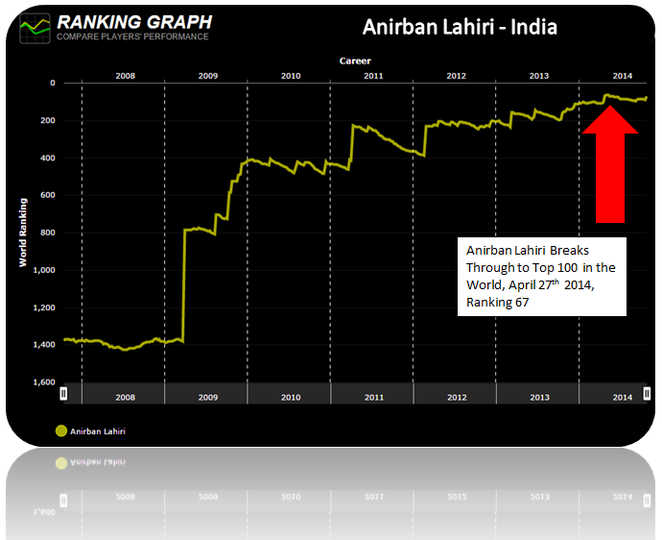
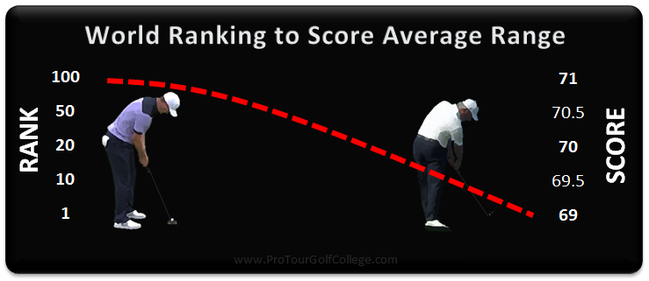
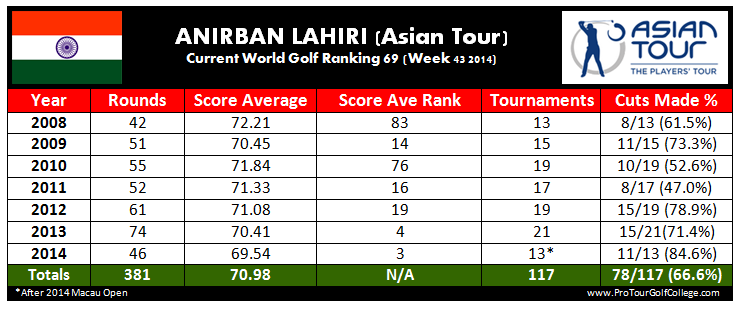

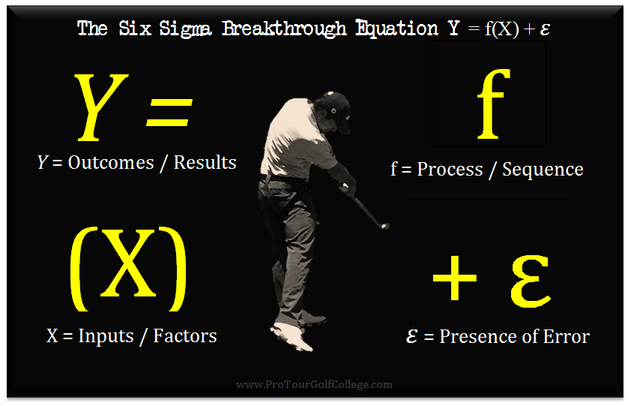
 RSS Feed
RSS Feed



